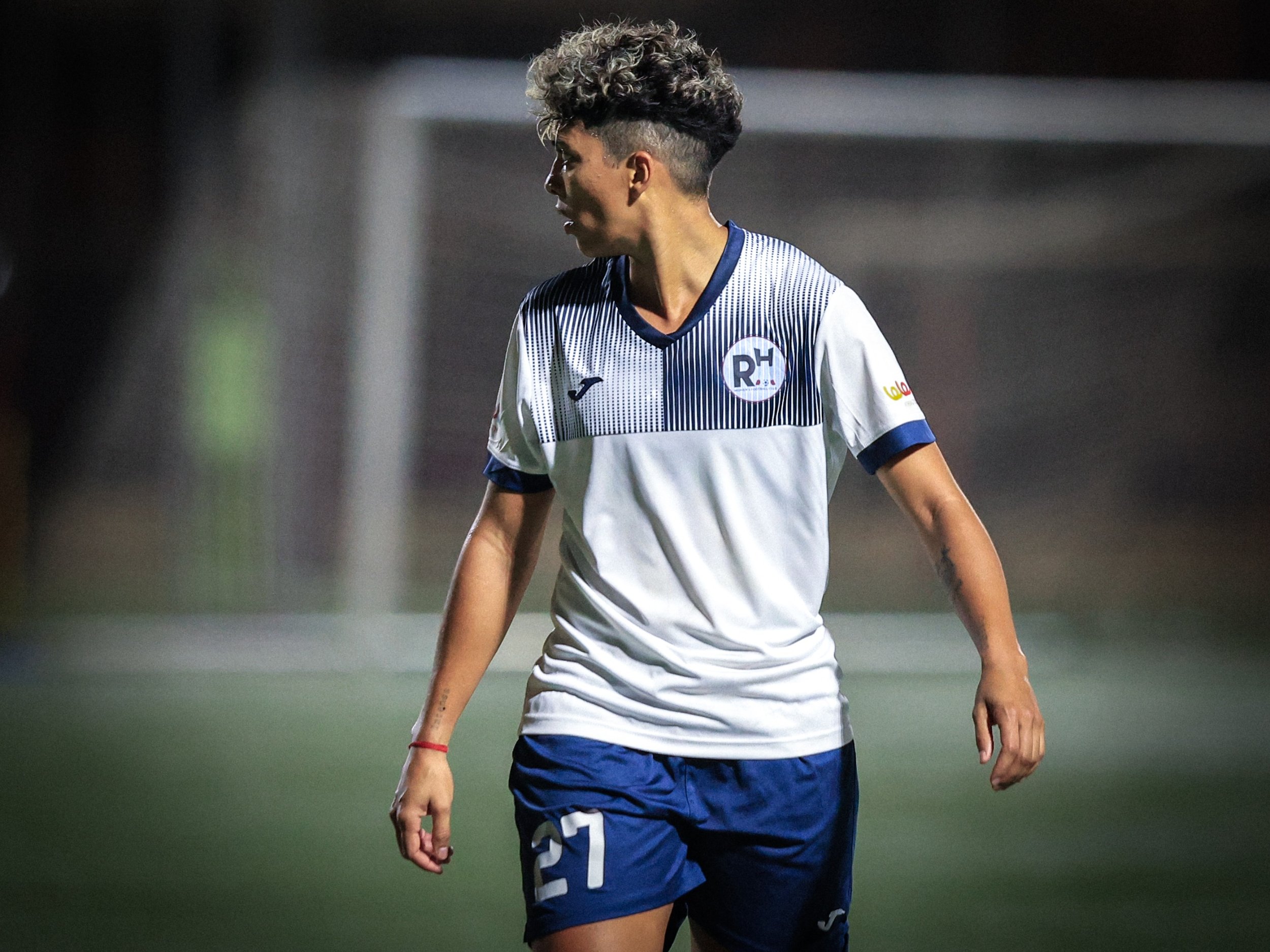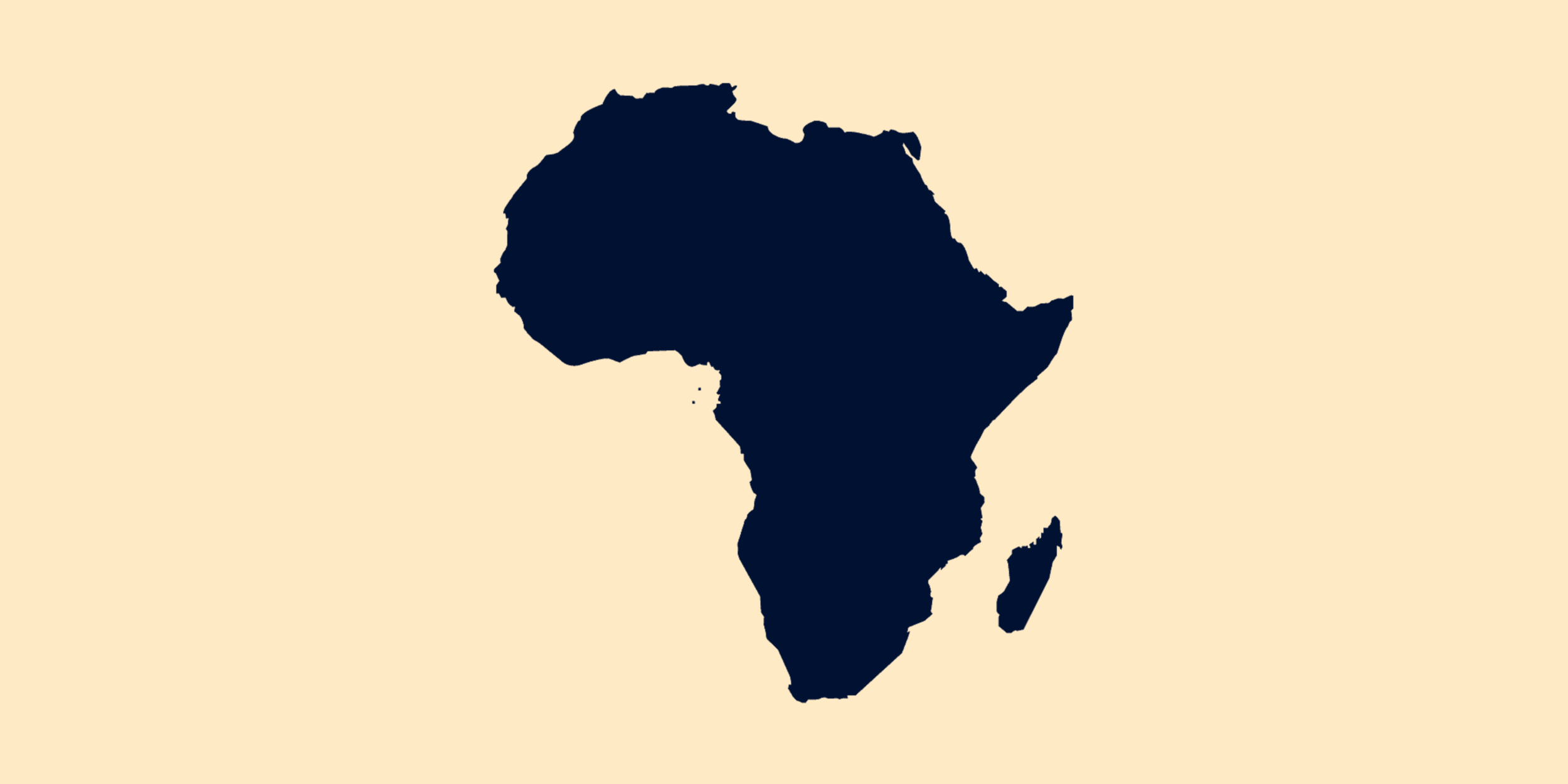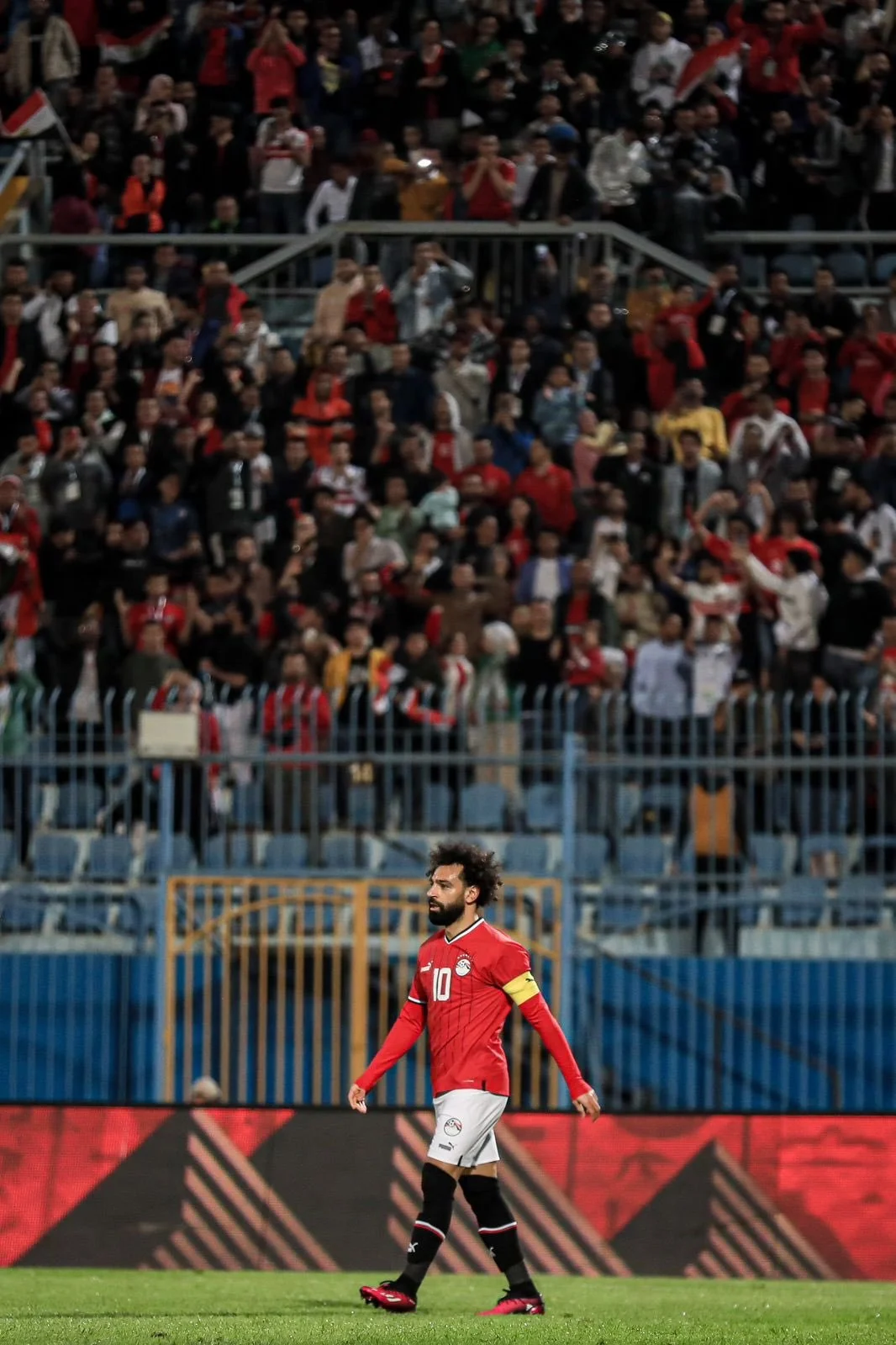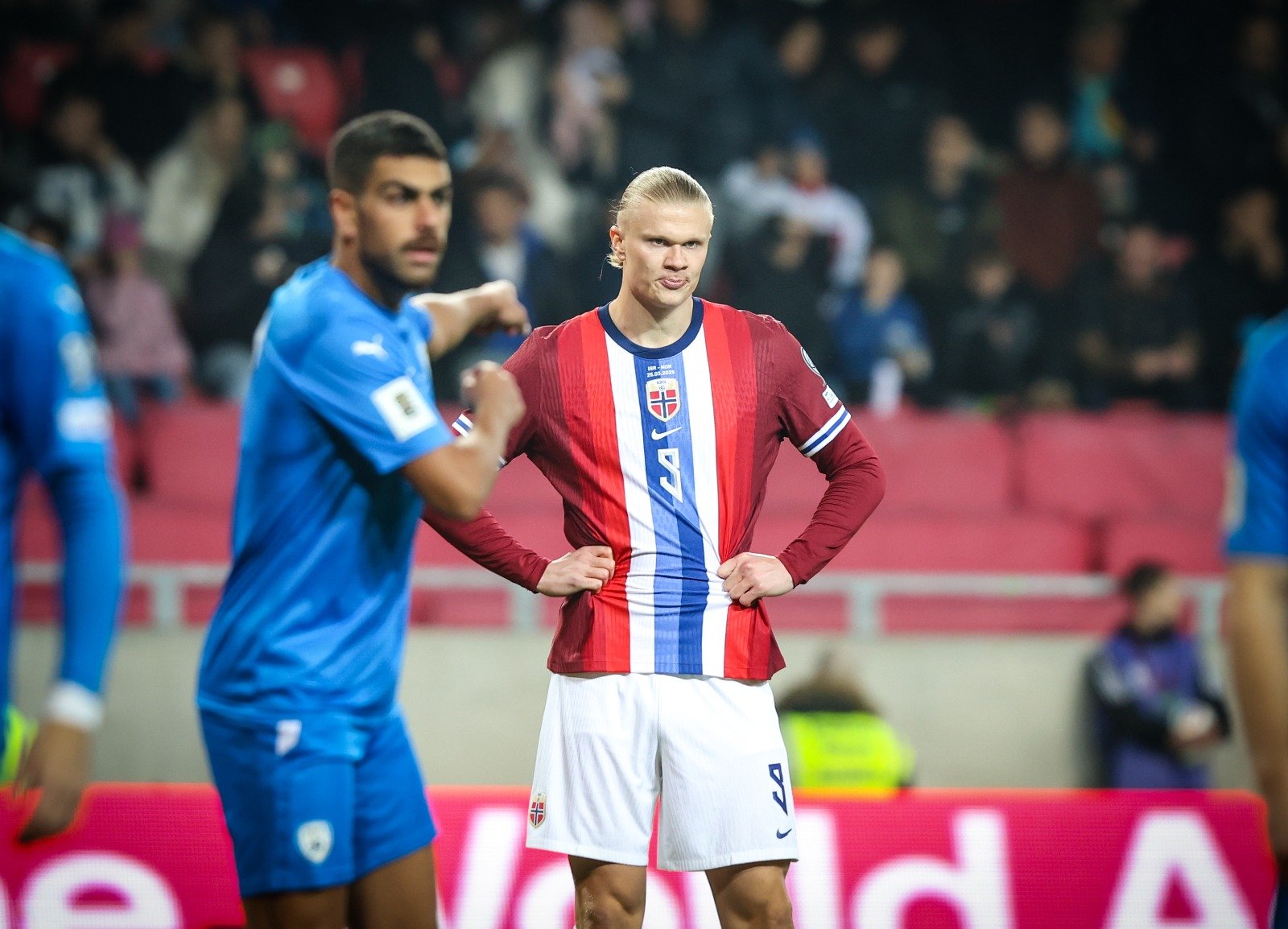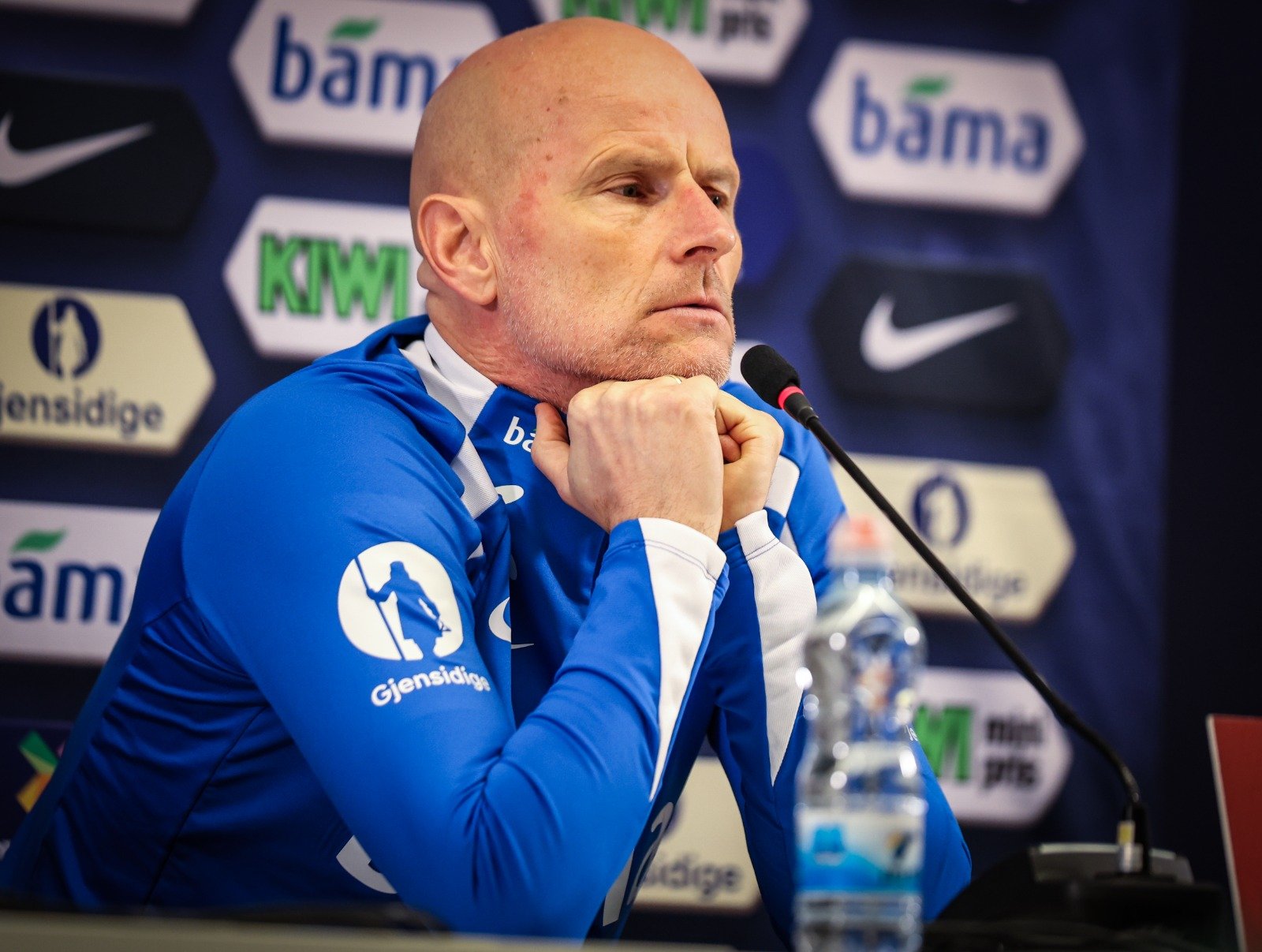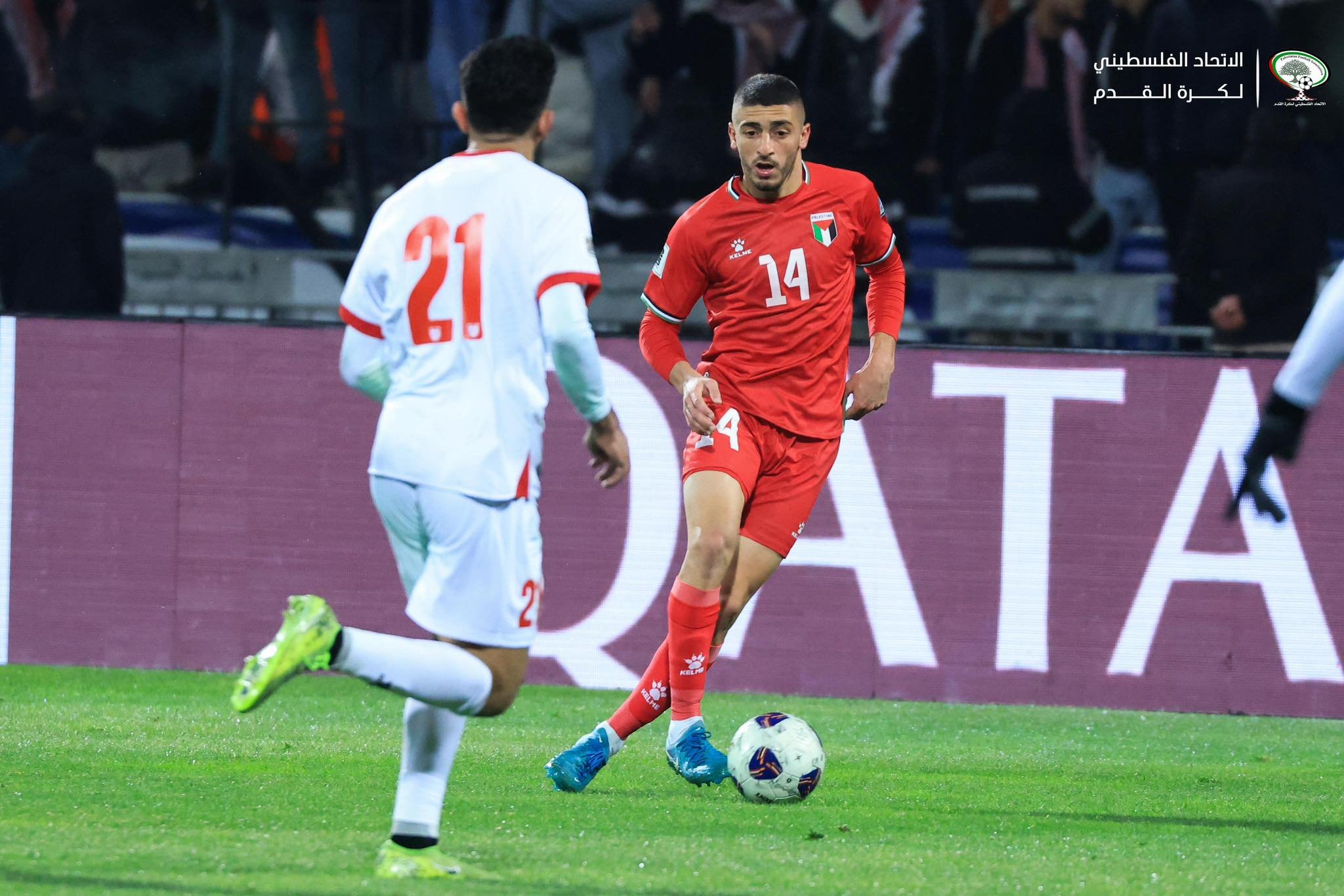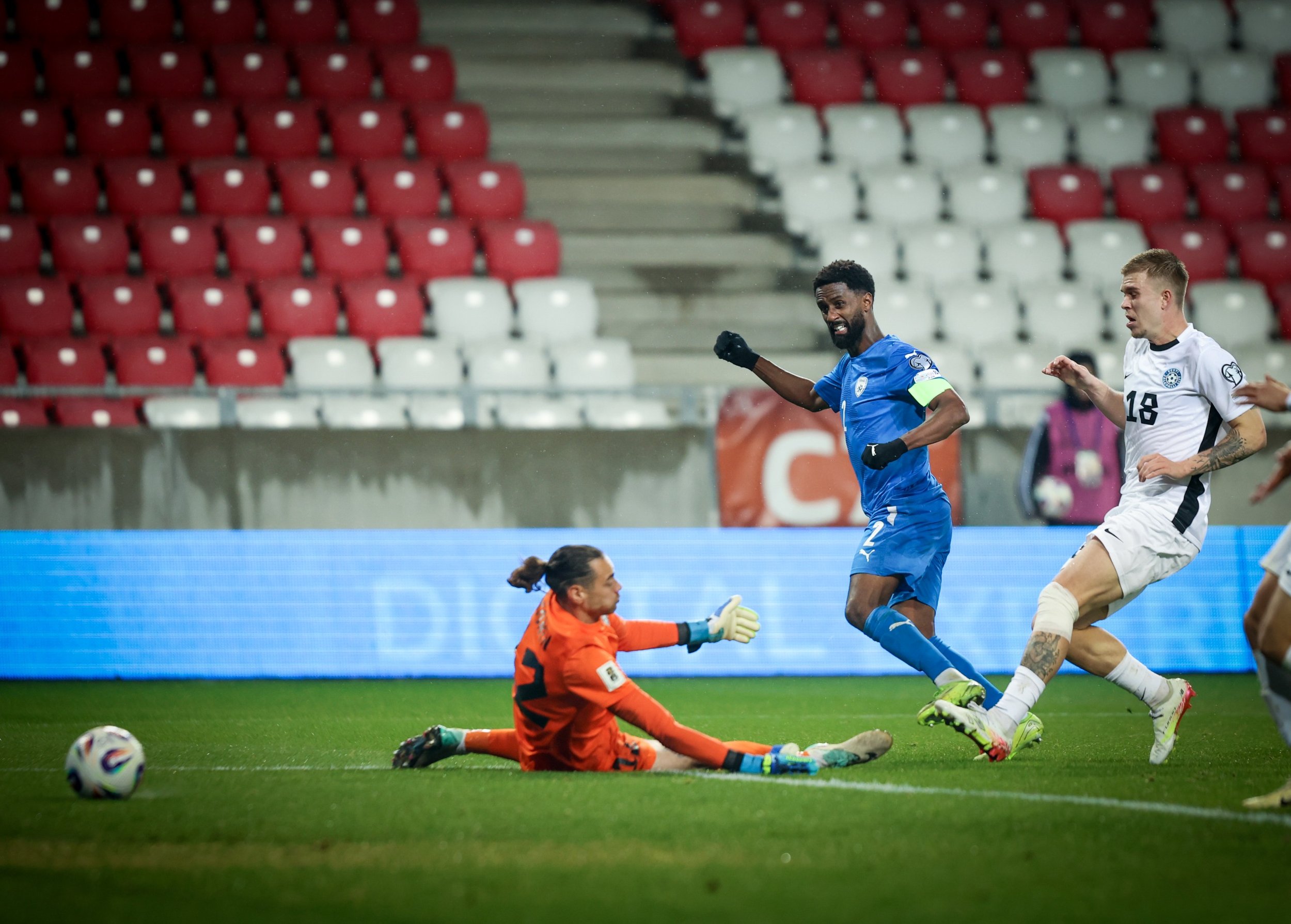Throughout football’s history, women across the globe have fought for their right to play the beautiful game, to be treated the same as men, and mostly hoping that a section of fans stop disrespecting them.
"Women's football? Who cares?"
You’d hear that sentence a lot in the past and, to be truthful, that ambivalent attitude is still fairly common.
Besides a handful of countries that consider women’s football a professional sport, most still think of it as a hobby. The number of people watching, both in the stands and on television, has increased over the last few years, but still it wasn’t enough.
But things changed in July 2022, for the first time five different continental tournaments were played simultaneously - here’s a recap of what happened.
CONCACAF W Championship - The Americans' 9th title
Probably the least impressive of the bunch. The potential was big, but the attendance was low in Mexico - the home nation’s dismal performance, losing all of their group stage matches, probably didn’t help things.
In the end, the USA won their ninth title, and it really was the tournament of Alex Morgan - their talisman - who scored the winning goal in the final, and was picked as the tournament’s best player.
Their northern neighbours, Canada, shone too, showing the potential of their next generation.
At the other end, Jamaica and Costa Dica made it to the finals for only the second time in their respective histories, but it’s clear that North American football remains dominated by the two stalwarts.
Women's Africa Cup Of Nations - Madness in Morocco
Morocco fans breathe football, there’s no doubt about it - you can understand it when you see Wydad and Raja fans - but no one could quite imagine the impact this tournament would have on the country.
Morocco have qualified only twice before, the last time was in 2000 and they were eliminated at the group stage. This time, they had massive support behind them, after becoming the first north African team to host the tournament
As long as they kept winning, the support around them was unreal, and it kept building.
In the semi-final against Nigeria the competition’s attendance record was broken - 45,562 - and, a few days later in the final, it was over 50,000.
It was Morocco’s first final, but their opponents, South Africa, have lost it six times in the past.
The added experience of the Banyana Banyana was too much for the hosts, as they won 2-1 and broke the hearts of the Moroccan players and fans.
Women’s football is growing in Africa, that’s clear, and the player of the tournament - Ghizlane Chebbak - could prove to be a role model for the next generation of Moroccan players.
OFC Women's Nations Cup - History for Papua New Guinea
When it comes to footballing ability, Oceania is arguably the weakest confederation - for both men and women.
While the rest of the world tries to progress, and make women's football a professional sport, it seems that besides Australia and New Zealand, the rest will remain amateur in Oceania.
Since New Zealand will co-host the Women's World Cup with Australia, they didn’t participate, lowering the standard of this tournament significantly. Those left, therefore, had an equal opportunity for all the teams to win the play-off spot.
In the end, Papua New Guinea took the trophy home after a 2-1 victory over Fiji, and qualified for the inter-confederation play-off.
Copa America Femenina - The title for Brazil, but compliments for Colombia
This is always going to be a one-sided tournament.
Brazil have won seven of the last eight editions, with only Argentina ‘interrupting’ them in 2006.
There’s a big difference between the leading teams and the rest.
This time Colombia were chosen to host, and their squad was solid, featuring a breadth of ‘European’ players, and 17-year-old diamond, Linda Caicedo.
You don't need to convince a Colombian to support this team. While the average attendance was around 7,000 per game, this topped 20,000 when the hosts were involved.
In the end, the two best teams reached the final – Brazil and Colombia. They both won all the games until then, and Brazil didn't concede a single goal.
It was a tough match, much more challenging than anyone could expect, with Colombia hanging on and staying with Brazil until the very end.
The Brazilians won 1-0 thanks to a penalty by Debinha. And what about Linda Caicedo? She had a debut tournament to remember, and won the best player in the competition. She is currently negotiating a move to Barcelona, thanks to her performance.
But women's football in South America still needs to be more consistent at a club level. Besides the Brazilian league and the Argentine professional league that started recently, there's no guaranteed football.
The Colombian league won't take place this year, for the first time since 2017, due to internal problems between the federation and the teams, and inevitably taking the women’s game a step back in the process.
Women's Euros - It finally came home
How symbolic that the competition which closed this crazy month was Euro 2022, hosted by England.
A high-level tournament in all aspects: fancy hosting, impressive stadiums, fans overloading one of the leading destinations in Europe and, of course, football which brought all the continent’s biggest stars to one place.
Besides the USA, Europe is the continent where women's football is the most developed. And, more so than ever, this tournament had a high number of candidates who could realistically vie for the title.
Even though they’ve never won the title, due to their fantastic group of players, brilliant coach, and supporting crowd, England was marked as one of the favorites to win, alongside Germany.
Spain's hopes suffered a massive blow with the injury of Alexia Putellas, the 2021 Ballon D'Or winner, before the tournament had even begun.
France, the Netherlands, Sweden, and Norway were among the candidates to reach the final stages.
Norway had a disappointing campaign with a group-stage elimination, while Spain were close to eliminating England in the quarter-final. A late equaliser by Ella Toon, and a dramatic extra-time winning goal by Georgia Stanway took England to the semi-final.
In the semi-final, England dominated Sweden, and thrashed them 4-0. The second semi-final was a tight match between Germany and France, with the Germans coming out 2-1 winners.
Like in South America, the two best teams reached the final.
It was tense and dramatic, and after ending regular time tied at 1-1, England’s Chloe Kelly scored the winning goal in the 110th minute. She celebrated like the iconic Brandi Chastain did back in 1999.
Fifty-six years after England's men won the World Cup the country’s only triumph in a major tournament, the ladies did it for the very first time.
Record-breaking attendances at the Euros
It was clear that this tournament would be the most attractive, with an average of 16,000 people attending each game, and around 30,000 when the hosts were involved.
In the semi-final, the record attendance was broken for a women's Euros match, and the final in Wembley saw an incredible 87,000 fans attend - higher than any European Championship game, both men’s and women’s.
Edited by Alex Smith
Thumbnail photo by UEFA Women’s Euro official Twitter account




